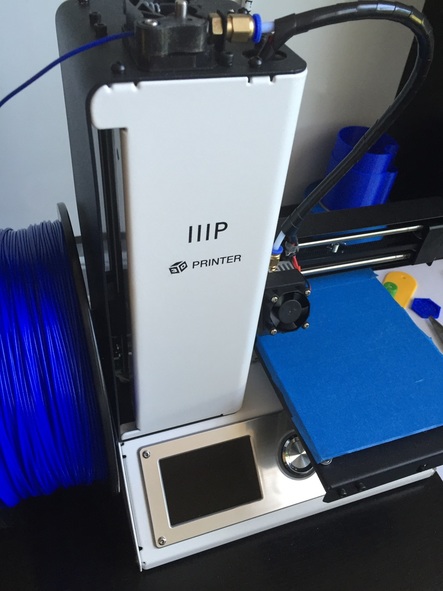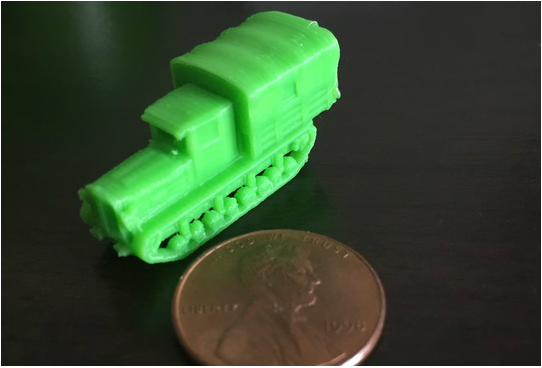|
The phenomenon of 3D printing has been around for a while now, but it seems as if the technology is just now arriving at a turning point. I believe that we are entering a new era of accessibility and innovation that will facilitate a sort of "saltation" in the sciences. I can see the life-sciences being particularly impacted by the upcoming ability to print laboratory equipment and disposable items with leisure. This technology is revolutionary for three reasons: It's on demand, inexpensive, and fully customizable. Did that pesky thermocycler lid-clasp finally give out? Or perhaps you just want a pipette hanger for your bench? This technology is already delivering these types of innovations with many more promised in the near future. The Donald Danforth Plant Science Center (DDPSC) has been on the frontier of exploiting this technology for developing new solutions in the plant sciences. The Maker Lab has the capability to assist labs in designing, printing, and testing objects specifically tailored to unique projects, equipment fixes, and etc. One particular piece of equipment printed by the Maker Lab was a plastic plate to hold magnets used in bead purification kits when an industry made plate had cracked and become unusable, a fix that saved hundreds of dollars. I made the plunge to buy my own personal 3D printer and I ended up being quite surprised at the level of accessibility and ease of use. While there are a lot of little issues that demand troubleshooting, there's abundant resources on the web to help overcome them and get some very high quality prints, even with a low-end printer. The 3D printing community is alive and well, with tons of new projects and models posted daily. I like www.thingiverse.com because not only is there an abundance of open-source projects to choose from, there's also a lot of constructive criticism and feedback put into projects by users thus facilitating the refinement of projects. Many DIY biology projects already exist to print and assemble laboratory equipment such as mini-centrifuges, stir plates, and gel electrophoresis rigs. While this is especially useful for a lab on a budget, I'm more excited for the capability to print components for custom projects that demand parts that have never been made before. I purchased a relatively inexpensive model called the Monoprice Maker Select Mini (pictured above), and thus far I've been impressed with its capabilities. The array of different filament types allows for printing very specific objects. While plastics like ABS and PLA are ubiquitous in 3D printing, other materials are also available for niche applications. For instance, filaments infused with magnetic iron and other metals (even bismuth) allow for printing high density objects with metallic properties. Biodegradable, dissolvable, conductive, flexible, and chemical resistant filaments also exist, allowing for nearly any imaginable object to be printable. Printing resolution is one important consideration. High resolution prints like the truck above (printed with 0.1mm layer height) take longer to print but can achieve features that low resolution prints cannot. Infill dictates the percent fill of an object, for instance whether it is solid, hollow, or contains a lattice internal support. Together, layer height and infill will determine the bulk of an object's properties.
0 Comments
Your comment will be posted after it is approved.
Leave a Reply. |
AuthorJordan Brock Archives
November 2019
Categories |


 RSS Feed
RSS Feed